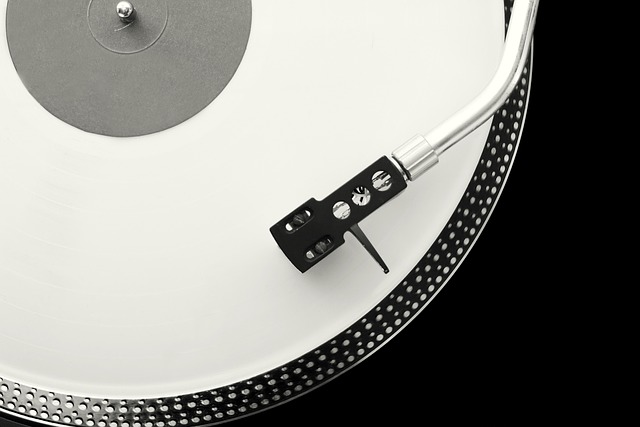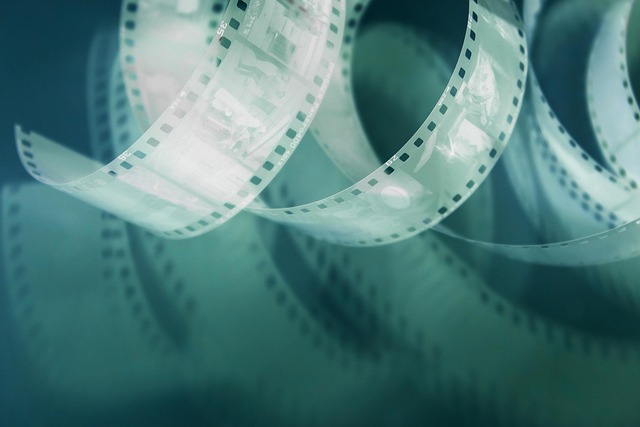
The Impact of Repeat Playback on Modern Entertainment Culture: A Streaming Perspective
The rise of streaming platforms has revolutionized our approach to modern entertainment, introducing a phenomenon that is reshaping the way we consume content: repeat playback. This behavior—watching a favorite movie or series episode over and over again—has become a cornerstone of our viewing culture, allowing us to forge deeper connections with the narratives, characters, and emotions we encounter.
In the past, cultural consumption often involved a one-and-done approach; films would play in theaters for a limited time, and television series were consumed as they aired. However, the advent of on-demand streaming has shifted this paradigm significantly. With platforms like Netflix, Hulu, and Disney+, there is an entire library of content readily available at our fingertips, leading to the rise of a binge-watching mentality. This subscription-based model encourages us not just to explore new shows, but also to revisit beloved favorites, leading to a cycle of repeat playback that defines our modern viewing habits.
The allure of repeat playback lies in the familiarity it brings. In an ever-changing world, people crave comfort, and returning to a known narrative provides a sense of security and nostalgia. Think about it: after a long day, there’s something incredibly satisfying about settling down with a familiar series or movie. Whether it’s the witty dialogue of a sitcom or the thrilling world of a fantasy series, these familiar stories become intertwined with our daily lives, shaping our cultural identity in profound ways.
Moreover, repeat playback has significant implications for how we experience and discuss modern entertainment. The ability to pause, rewind, and rewatch pivotal scenes means that audiences engage with the content on a deeper level. Viewers dissect themes, analyze character arcs, and share their insights in online discussions, leading to a richer and more collaborative entertainment culture. Social media platforms buzz with comments and theories surrounding repeated moments in our favorite shows; this sharing fosters a sense of community, connecting us with others who share the same passion for these stories.
Additionally, streaming platforms are increasingly aware of the power of repeat playback. Algorithms are designed to suggest shows based on our viewing history, and networks are producing sequels and spin-offs of beloved content, realizing that viewers have an emotional attachment to what they already know. This not only drives engagement but also makes repeat playback a viable aspect of the entertainment industry, influencing what stories get told and how they evolve over time.
Yet, while repeat playback highlights our affection for certain shows or films, it also raises questions about cultural consumption. Are there new narratives that are being overlooked in favor of established favorites? As we huddle back into the comforting arms of known content, we might miss out on groundbreaking new stories that could broaden our horizons. This complex relationship between comfort and novelty is a delicate balance that viewers must navigate.
In essence, repeat playback forms a vital part of modern entertainment culture. It resembles not just a behavior but a movement that taps into our innate desire for connection, familiarity, and community. As we embrace this streaming-centric lifestyle, remember that each rewatch doesn’t just reaffirm our love for a story but also shapes our cultural landscape, enriching the way we share, discuss, and ultimately experience entertainment.



